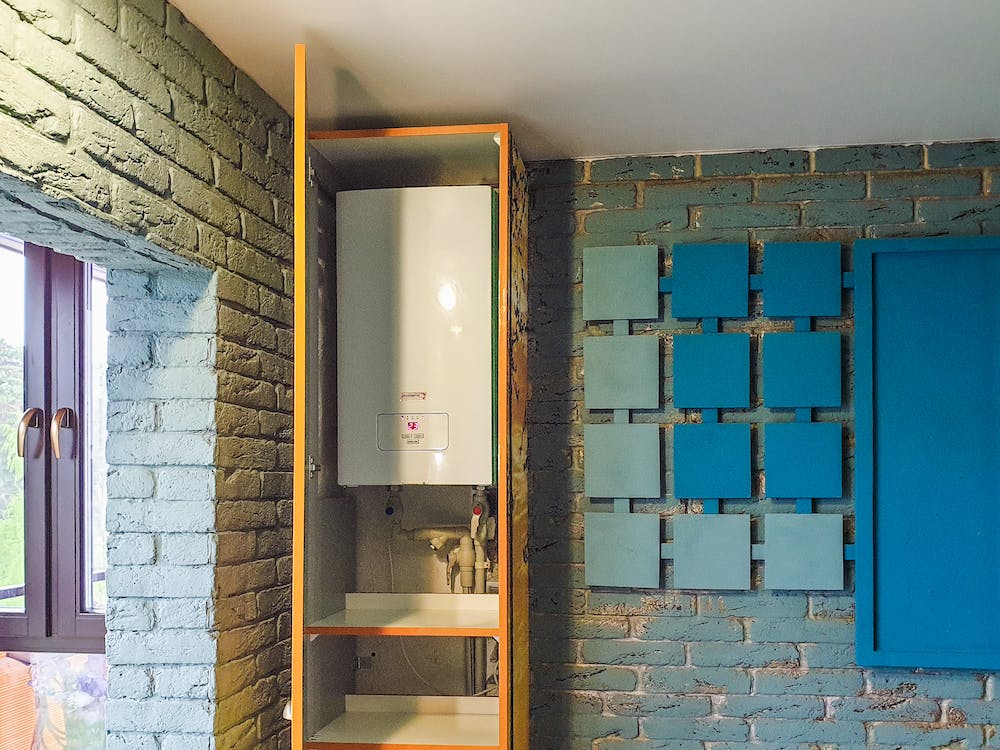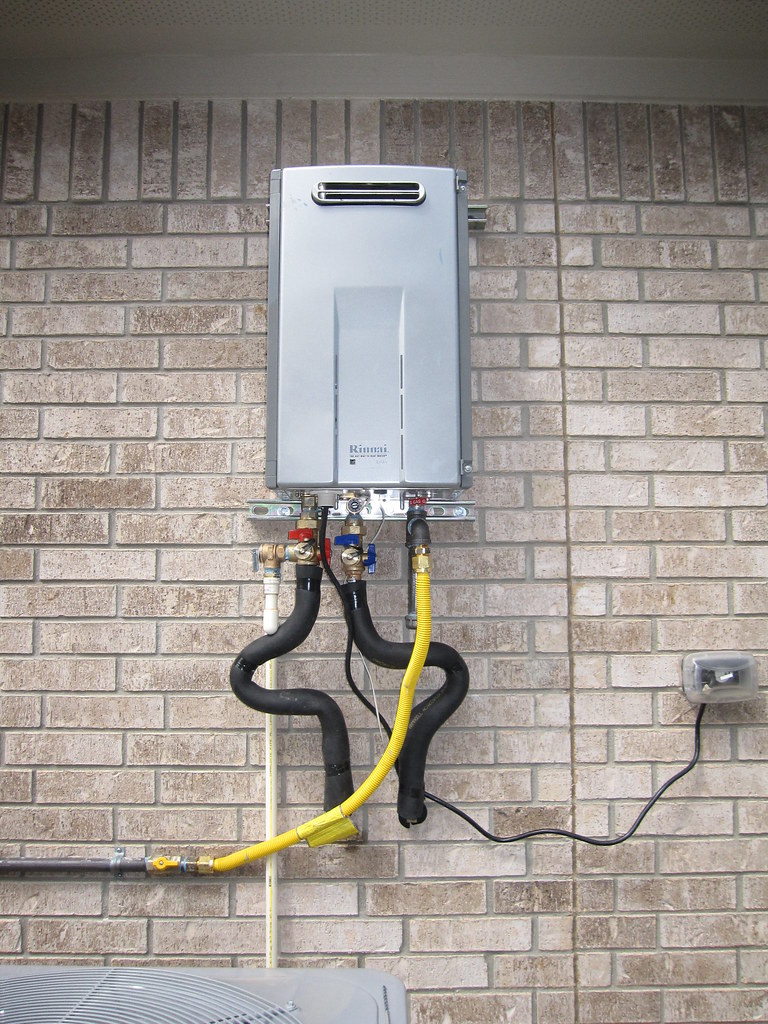What Are The Types of Water Heater Leak
The leak’s location determines the type of repair and the possible solutions.
Despite regular maintenance of your water heater, you may encounter different problems with your water heater, such as a leak.
If the leak is on the tank, it is pierced and must be replaced!
In the event of a breakdown, contact a professional who can repair your water heater.
Water heater leak related to the safety group
Water heater leaks related to the safety group are the most common.
They are not complicated to repair.
Given the low cost of a safety group, consider having one in advance so you can replace it (along with replacement gaskets)
Water heater leaks: the most common ones
Here is a non-exhaustive list of water heater leaks related to the safety group:
leakage during heating,
abnormal leakage during heating,
intermittent leakage at any time,
continuous leakage.
Water heater leak and safety group: possible solutions
If you encounter this type of problem, here is our advice:
Water heater leak
|
Type of leak on the safety group |
Possible solutions |
|---|---|
|
Leakage during heating |
– The safety group leaks during heating: this phenomenon is normal and continues for a few minutes once the temperature has been reached. |
|
Abnormal leakage during heating |
– If the loss of water from the safety group continues well after the normal heating of the tank and in an important quantity, the water pressure is certainly too important. |
|
Intermittent leakage at any time |
– There is too much pressure: install a pressure reducer or, if there is one, check that it is watertight. If it is not, change it. |
|
Continuous leakage |
– The seals of the unit can be cleaned; the leakage often comes from dirt that makes it no longer watertight. |
Water heater leak: other types of leak

Water heater leaks can also occur at the flange or connections.
The flange is located under the hood where the heater is located and is held in place by six nuts that need to be tightened gently one at a time in a staggered pattern.
If the leakage continues, the flange should be removed after draining the water heater to change the gasket.
Since the tank is empty, take the opportunity to clean the other components and the tank.
Good to know: The soapstone resistance can cause leakage at the flange, clean the sleeve with a brush and change the seal.
Water heater leakage at the connections
If the leak is at the connection point, check the connections for leaks and replace them if necessary. Finally, you can also clean the threads. The joints should preferably be made of steel or lead. For more help, you can call on professionals at Elmridge Air Comfort.
Hope this post has provided you with the information you were looking for. Remember to jot down a few words in the comments below. Also, let us know if you would like to read about a topic in particular.

